Going Camping? Wilderness First Aid Tips
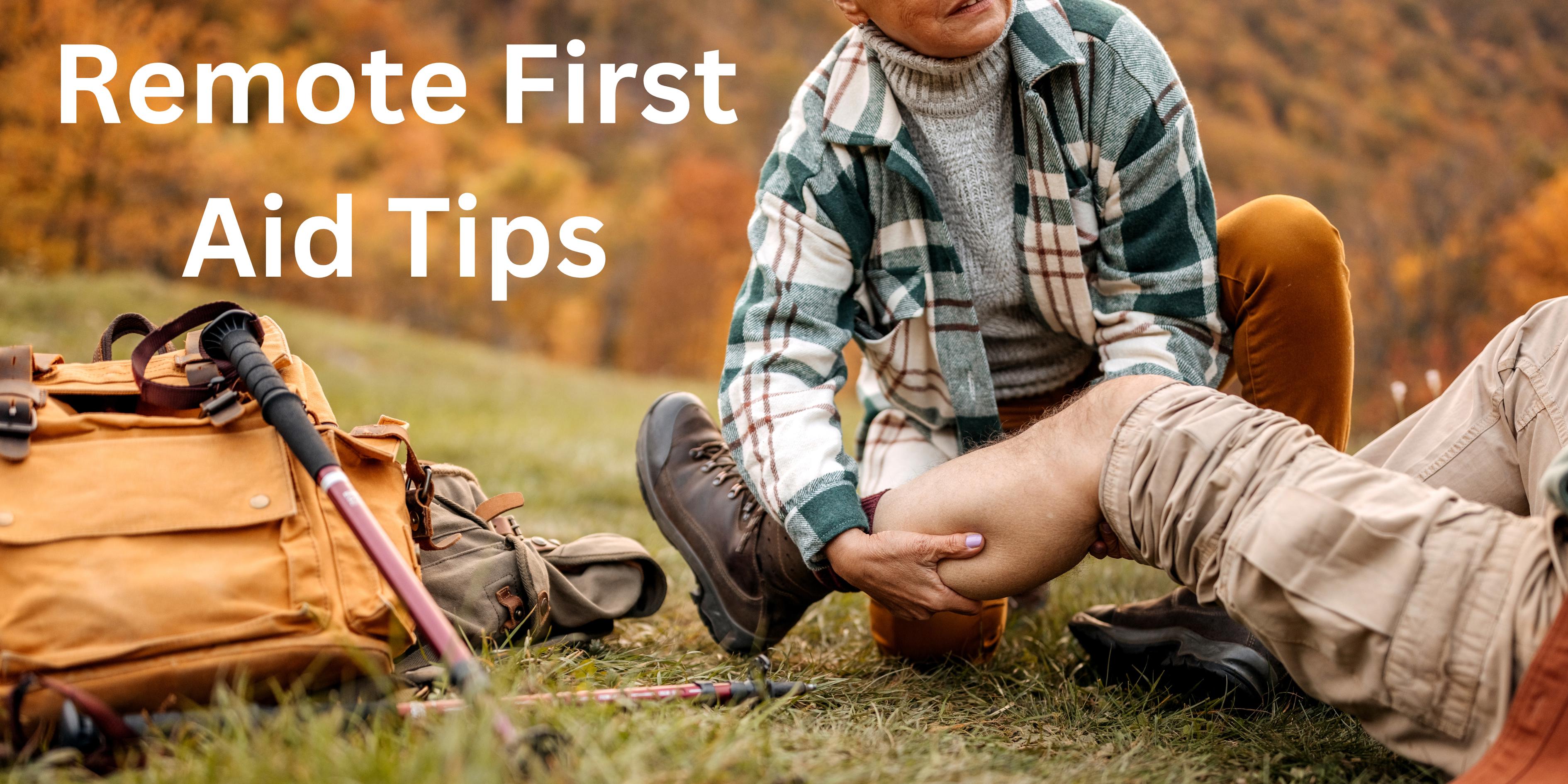
When we ask people why they’re completing First Aid training with us, often they’re keen campers or hikers and want some wilderness First Aid advice in case something should go awry when they’re possibly hours or days away from help. The risks are magnified when you’re in dense bush and a location without a mobile signal. Not to mention the creepy crawly bugs, spiders and snakes you should watch out for.
Many of the same principles of regular First Aid apply here, for example always follow DRSABCD, but you will need to keep top of mind what is more likely to happen when you’re out and about. A sound knowledge of survival techniques and the procedures for contacting medical assistance become especially important. We’ve prepared an overview of the top wilderness First Aid tips for you.
Bites & Stings
One of the most common First Aid situations you will encounter is bites and stings from spiders, snakes, and other insects. Follow this quick treatment guide:

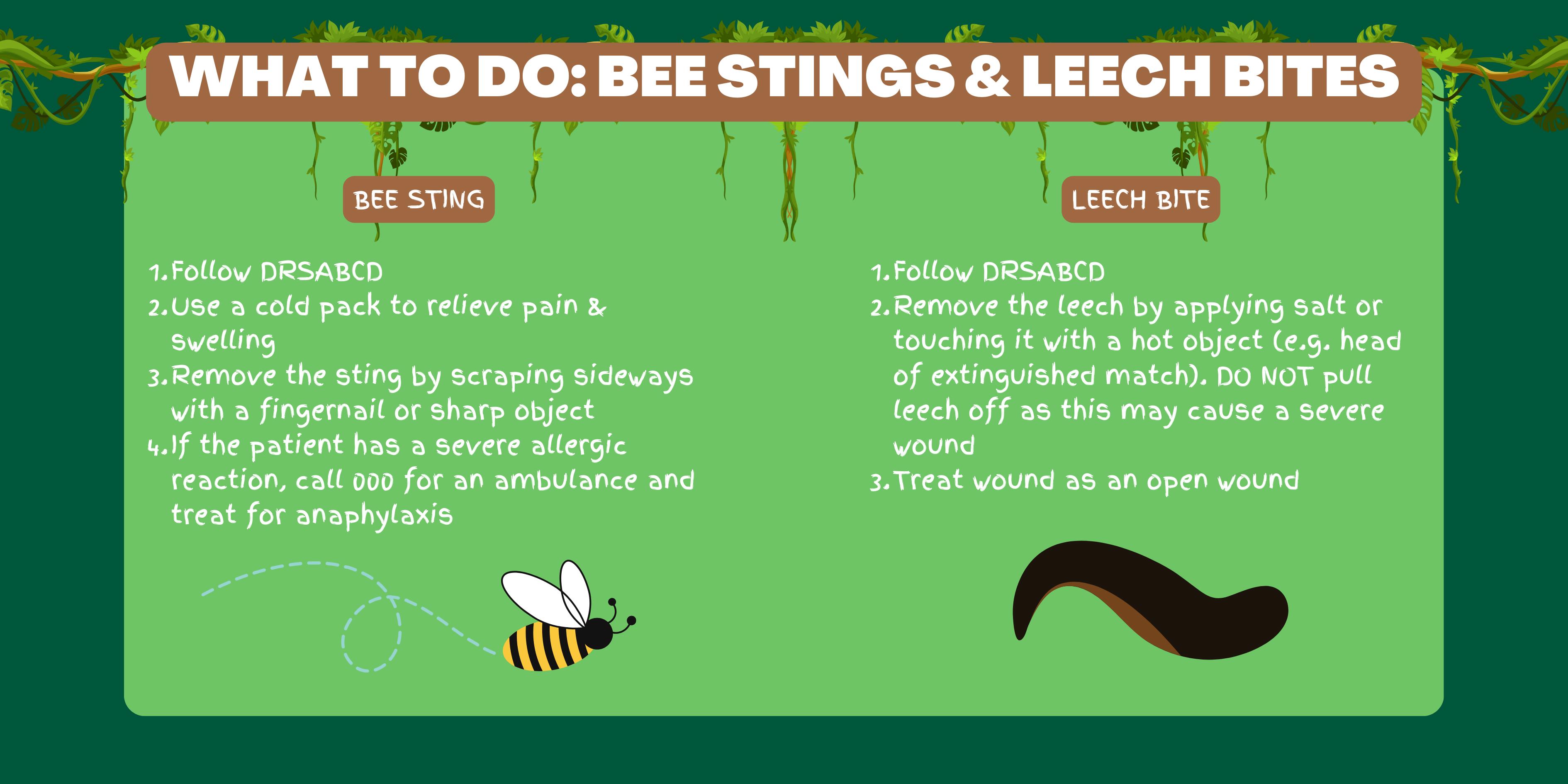

A few considerations:
- Remove the bee sting first by scraping it sideways with your fingernail or a sharp object
- Don’t pull off leeches, instead apply salt or something hot and then treat for bleeding
- Remove ticks by gripping around its mouth with some tweezers/forceps, being careful not to squeeze the body of the tick
- Don’t wash off venom remaining on skin from a snakebite, it can assist identification
- Don’t try to suck out any venom from any wounds
Blisters
Trekking for hours is enough to give feet in even the most worn-in shoes blisters. You don’t want to let a blister derail your trip; they are painful but can be managed.
Preventing Blisters:
- Break-in shoes thoroughly
- Ensure socks fit well
- Wear 2 pairs of socks – one thin and one thick pair
- Keep feet dry and clean
Managing Blisters
- Stop activity when you feel a hot spot developing
- Clean the blister with saline
- Cover with a sterile non-adhesive dressing
- Apply surround padding and tape
- Seek medical aid if the area becomes reddened, warm or painful
Fractures
You will need to immobilise a suspected fracture with broad bandages to minimise any movement, which will greatly reduce pain. You can use anything rigid or long enough to immobile the joint, such as tent poles or a rolled up sleeping mat.
Place adhesive tape over the area and lift it off, or if something has caught into your skin from a bush or grass and is still attached:
- Use tweezers to remove the item
Then reduce pain or irritation by:
- Applying a cold compress
- Applying a commercial anti-sting product
Being Prepared
- Carry an adequate supply of water – it could be up to 4 litres per person, per day
- Find out if mobile phones will work in the area you’re planning on visiting, if not consider bringing alternate forms of communication such as a radio or Personal Locator Beacon
- Plan for all contingencies
- Plan your route and leave it with someone with actions on what to do if you don’t return when expected
What To Do if You Get Lost
130 bushwalkers get lost and need to be rescued each year. If you get lost or separated and can’t find your way back to your original route:
- Stop – stay calm, do not continue on
- Look around or use your map to establish where you are
- Blow a whistle in a series of 3 blows
- Use a mobile phone or radio – if signal is weak, go to high ground
- Activate a personal locator beacon (PLB)
- Establish a camp in an open visible area
- Light a fire and make smoke
- Lay out markers using sleeping bags, rocks, etc.
- Conserve energy, food and water
What Should Be In Your Wilderness First Aid Kit?
Carry an appropriate first aid kit for the outdoors. Make sure it contains plenty of the following:

If you’re going somewhere near the coast you may want to also pack some vinegar. Be sure to store your kit in a waterproof bag or backpack so the contents stay intact and sterile. Some good options if you don’t already have a kit is this compact camping safety kit or this larger caravan and camping kit. What to Do If You Need to Be Rescued We hope you never need to use this tip, but if you are ever in the wilderness and need to be rescued, these are the best things you could do: stay together, stay calm maintain communication with the rescue agency do exactly as directed ensure all your equipment is packed securely stronger/more experienced members should assist injured or exhausted members Being able to manage injuries in a remote area with skill and confidence may just save a life. Help could be delayed for a day or more, and transporting an injured person for medical assistance can be a prolonged process. In such circumstances, skills learnt through First Aid can prevent complications and help with a speedy recovery.
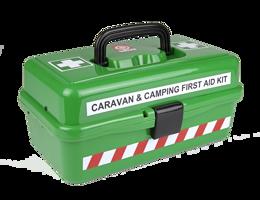
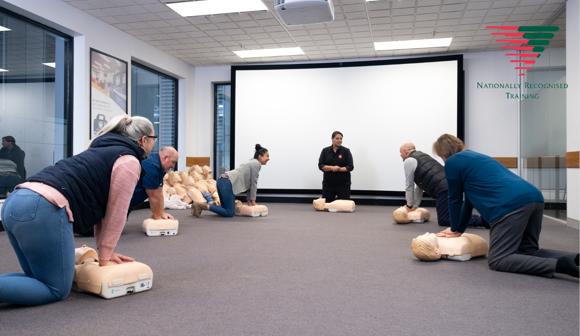
PROVIDE FIRST AID
Learn how to manage a range of common first aid scenarios.
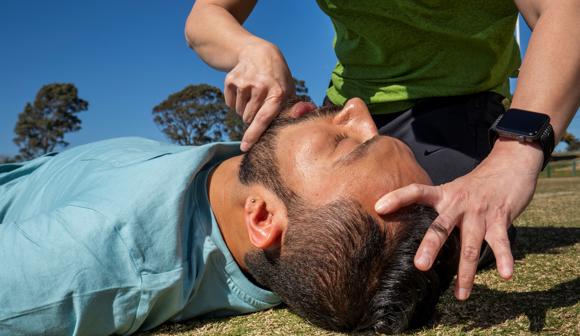
PROVIDE FIRST AID IN REMOTE SITUATIONS
Learn how to provide First Aid in remote areas where access to medical aid is difficult or delayed, including alpine, desert, marine, rural and tropical environments.
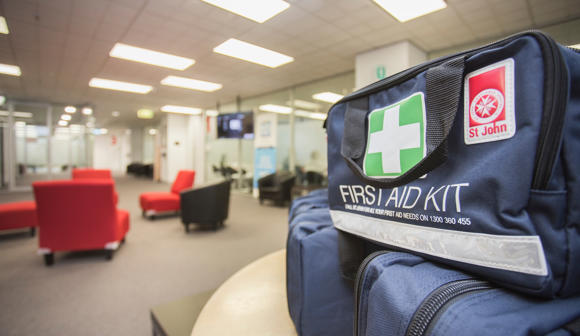
DO YOU HAVE THE RIGHT FIRST AID KIT FOR YOUR HOME, SCHOOL OR WORKPLACE?
St John has a range of First Aid products to suit any situation.
